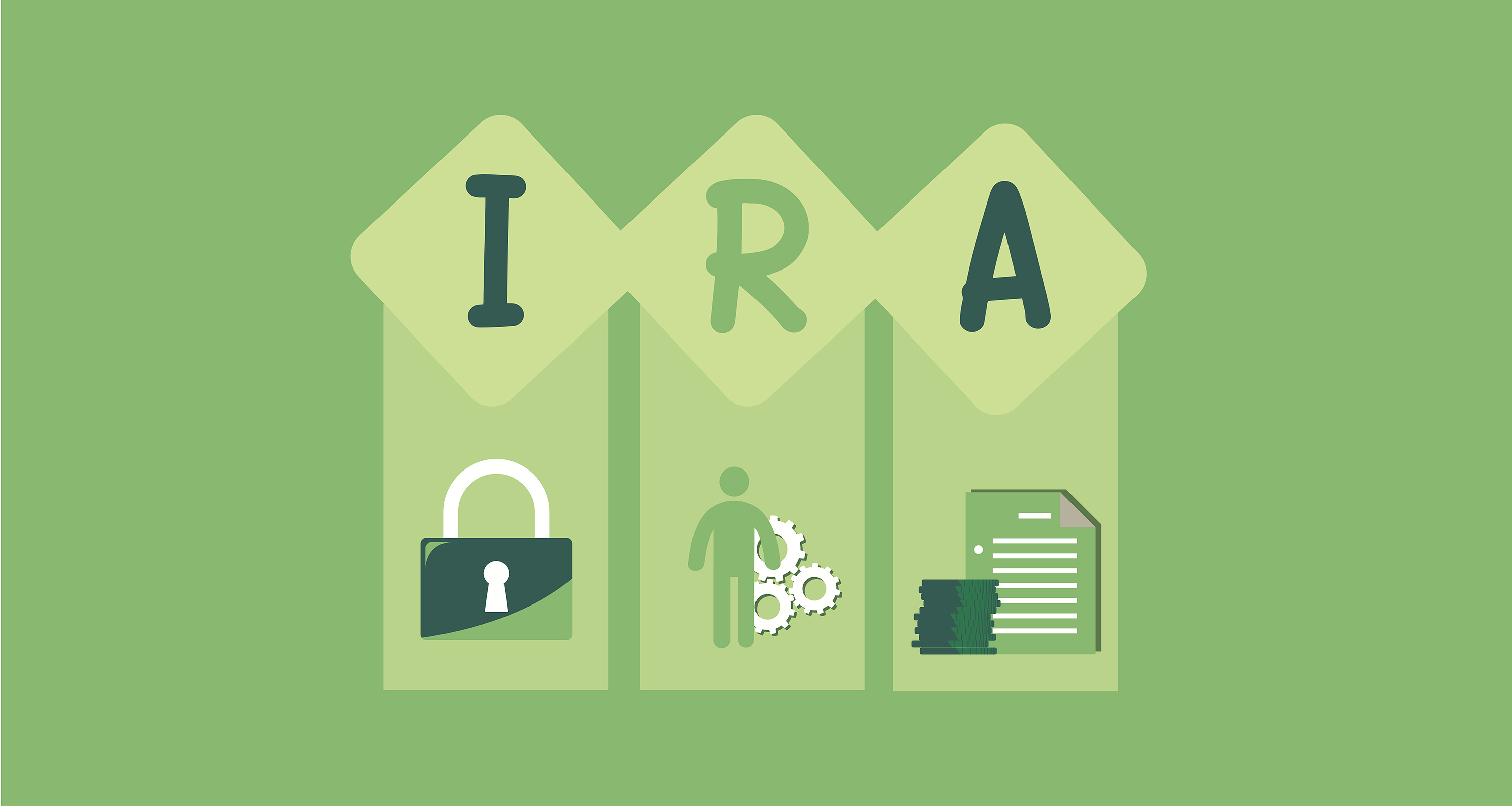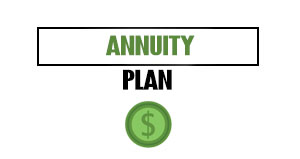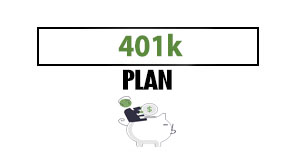A 401(k) plan gives participants little choice. The company will have selected the fund manager. The fund manager will decide how to invest the employees’ money—and the employees can watch it grow.
Funding an IRA requires initiative from the participant. You can obtain an IRA from a bank or a brokerage or a financial investment firm. They’ll offer you a range of options to suit your chosen level of risk. They’ll contain different amounts of stocks and bonds, and you may even be able to choose a simple savings account that you can use for your IRA, although the interest rate is likely to be relatively low.
Benefits
The benefit is that you’ll have choice. You’ll be able to check performance, take advice and suggestions, and choose the IRA and the investment company you want. You should also find that the fees are lower than they are on many 401(k) plans.
You’ll then be able to put money into that fund on a tax-preferred basis. While the contributions that the company makes to your 401(k) don’t reach your bank account until you retire, you will have to make the payments into your IRA directly from your bank account. You’ll feel the money going out.
But you should be able to write off that contribution as a tax-deduction. Like the 401(k), contributing to your IRA lets you put money away for the future and only pay tax on it when you receive it.
The annual contribution limits, though, are much lower than they are for a 401(k). Annual contributions to a 401(k) can be as much as $19,500 with another $6,500 for people aged 50 and over. Contributions to an IRA are only $6,000, or $7,000 for people aged 50 or over.
Tax Benefits
The tax benefits of those contributions can also be limited. As your annual income rises over $66,000 or $105,000 for couples filing jointly, the value of the IRA deduction falls if you also have a retirement fund at work.
So while an IRA can be a useful way to increase your retirement savings and lower your tax liability, it’s limited and best used in conjunction with a 401(k) plan.
- The Four Stages of Retirement
- When Can You Retire?
- How Much Will You Need to Save Before You Can Retire?
- How to Create a Retirement Savings Habit
- The Benefits and Costs of a Pension
- Retiring with a 401(k)
- The Benefits of a 401(k) Plan
- The Costs of a 401(k) Plan
- Vesting a 401(k) Plan
- 4 Types of 401(k)
- Rolling Over Your 401k
- Leave Your Old 401(k) with Your Old Employer
- How to Rollover Your 401(k)
- Individual Retirement Accounts—IRAs
- How an IRA Works
- Working Your IRA With Your 401(k)
- 3 Types of IRAs
- SEP IRA Limits
- Annuities
- The Benefits of an Annuity
- Deferred Annuities
- Immediate Payment Annuities
- Fixed Index Annuities and Variable Rate Annuities
- Qualified and Non-Qualified Annuities
- Changing Your Annuity—The Section 1035 Exchange
- The Limits of a 1035 Exchange
- How to Plan for Your Retirement
- How to Start Planning Your Retirement





